Haunting, Sci-Fi
When Science Fiction Gets Spooky: The Haunting Fusion of Sci-Fi and Horror
Science fiction and horror have always been close cousins in the world of storytelling. Both genres push the boundaries of the unknown, explore humanity’s fears, and often provide sharp reflections of societal anxieties.
The moment these two genres collided is hard to pin down, but one thing’s for sure: when science fiction and horror blend, they create something special—a chilling exploration of what could be, with an added touch of terror.
A Perfect Match: Sci-Fi and Horror
At their core, science fiction and horror are about the unknown. Sci-fi asks, “What if?”—what if we could travel to other worlds, create artificial intelligence, or live in a dystopian future? Horror, on the other hand, deals with the fear of that unknown—what if those worlds are hostile, AI becomes uncontrollable, or dystopia is more terrifying than we ever imagined? Together, they magnify the tension, taking the fear of possibility and plunging it into the depths of the human psyche.
Think of Alien (1979), where sci-fi’s fascination with space exploration is turned into a claustrophobic horror experience. Ridley Scott’s masterpiece plays on the fear of isolation, the terrifying possibility of encountering unknown life, and the body horror of the creature itself. What makes it so effective is the seamless fusion of sci-fi and horror—the vast, cold emptiness of space combined with the primal fear of being hunted.
The Origins of Sci-Fi Horror
The blending of sci-fi and horror isn’t a modern phenomenon. It traces its roots back to classic literature, particularly Mary Shelley’s Frankenstein (1818), which is often credited as one of the first science fiction novels. Shelley’s tale of a scientist who defies nature by creating life is also a story of horror. Frankenstein’s monster, born of scientific ambition, becomes a symbol of the dangers of pushing the boundaries of what’s natural or ethical. Here, science itself becomes the source of fear.
H.G. Wells’ The War of the Worlds (1898) further cemented the connection between sci-fi and horror, imagining a Martian invasion that evokes both awe at the advanced technology and terror at the destructive potential of alien life. Wells’ novel highlighted how science fiction could tap into deep, primal fears of invasion, the unknown, and our vulnerability.
Fast forward to the 1950s, and we see the rise of atomic-age sci-fi horror films. Movies like The Thing from Another World (1951) and Invasion of the Body Snatchers (1956) played on the fears of nuclear war, communism, and identity, using science fiction to explore what could go wrong in a world rapidly advancing in technology. The fear of “others”—whether they be aliens or our own kind transformed—became a recurring theme in sci-fi horror.
Sci-Fi Horror in Modern Times
As technology has evolved, so has the blending of sci-fi and horror. In the late 20th and early 21st centuries, filmmakers like David Cronenberg and John Carpenter explored the horrific potential of body modification, artificial intelligence, and genetic engineering. Cronenberg’s The Fly (1986) is a standout, taking the concept of scientific progress and showing its grotesque, terrifying consequences when a man’s DNA becomes intertwined with that of a fly. The result is not only physical horror but an existential dread about the limits of science and the fragility of the human body.
Films like Event Horizon (1997) and The Cloverfield Paradox (2018) continued to push the boundaries, placing characters in high-tech, futuristic settings where the real horror comes not just from monstrous creatures but from science itself. Whether it’s a black hole opening a gateway to Hell or a particle accelerator causing reality to unravel, these films show how the mysteries of the universe can be deeply unsettling—and deadly.
Why Sci-Fi and Horror Work So Well Together
The power of science fiction lies in its ability to imagine futures, technologies, and scenarios that don’t yet exist. Horror, in turn, finds fear in those unknowns. Together, they push the boundaries of what we’re comfortable with, making us question the ethics and consequences of scientific progress while simultaneously tapping into our most primal fears.
In blending these genres, creators can explore real-world anxieties—fear of technology, loss of control, invasion, mutation—through a lens that feels both fantastical and plausible. The possibilities of science fiction give horror new playgrounds to explore, while horror keeps science fiction grounded in the human experience of fear.
From Frankenstein’s monster to the xenomorph in Alien, from AI gone rogue in Ex Machina to the psychological terror of Annihilation, sci-fi horror gives us a unique way to explore our fears of what we might create or discover in the future.
In the end, sci-fi and horror are perfect companions. One expands our imagination, while the other reminds us to be careful what we wish for. After all, in space—or the future—no one can hear you scream.
About Leif J. Erickson
Leif J. Erickson is a science fiction and fantasy author from a small farming community in west central Minnesota. Using his time wisely when he was a farmer, Leif developed many ideas, characters, and storylines to create over fifty unique first drafts and outlines for stories. From his start in a small town school, to college at North Dakota State University, back to his family farm, then to the bright lights of Minneapolis, Minnesota, and back to his small farming town, Leif has always had a love of writing.
When Leif isn’t writing he can be found with his wife hiking in state parks, canoeing local lakes and rivers, exploring local and regional ghost towns, experiencing museums, or simply reading or hanging out with friends and family. Leif draws on the local nature and ecology to find inspiration for his writing while he also asks what’s possible for technology and the human race, weaving them together for amazing stories that will stay with the reader for years to come. Leif looks forward to having many novel and story releases in the years to come.
You can see all of Leif’s Books here: Leif’s Amazon Author Page

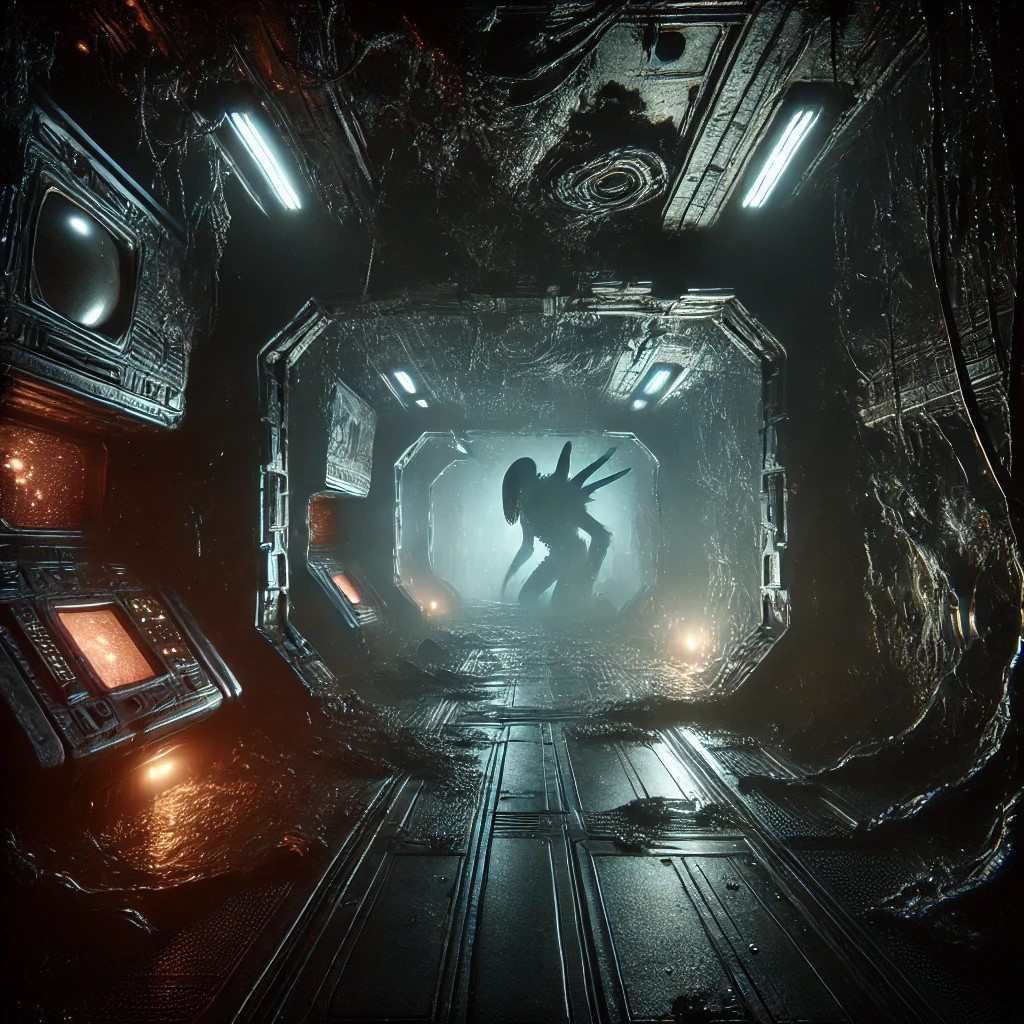


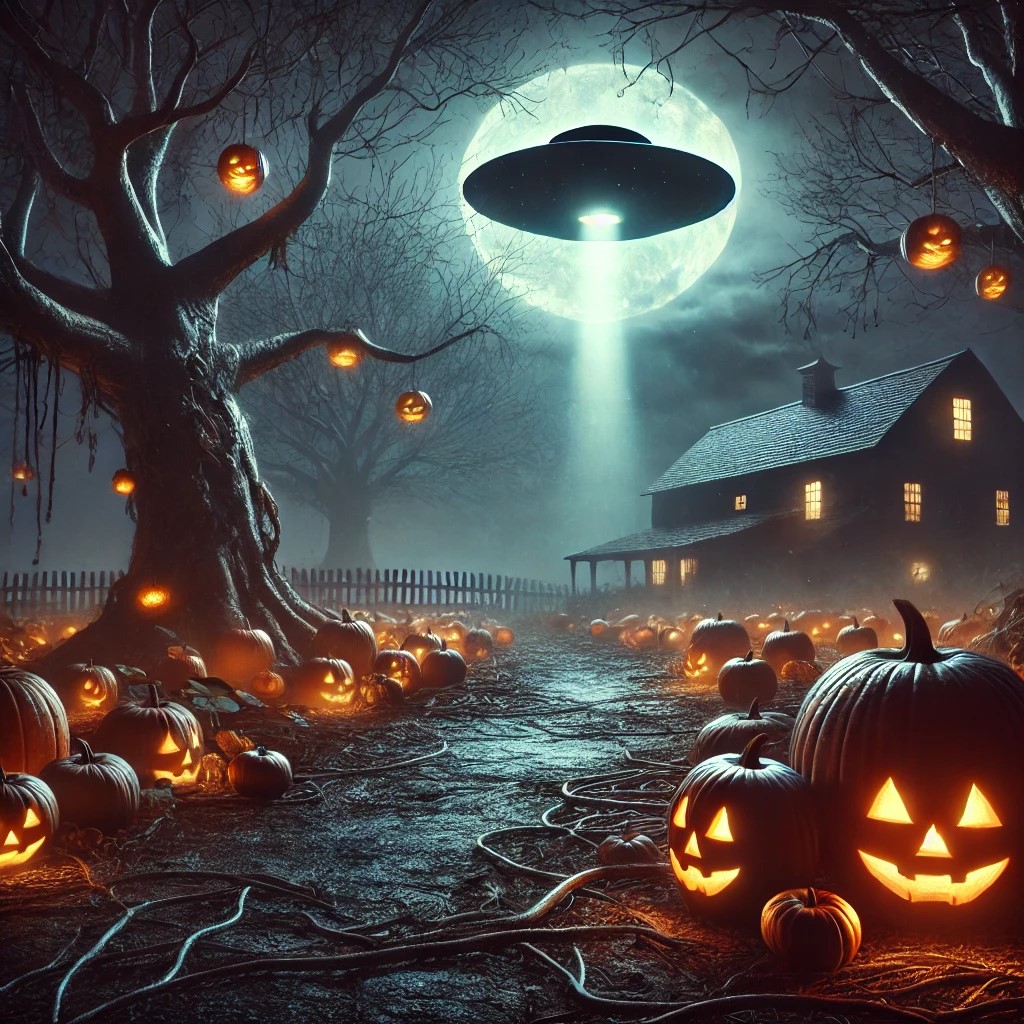

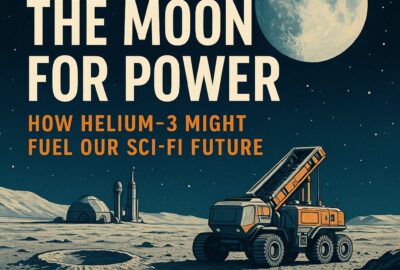
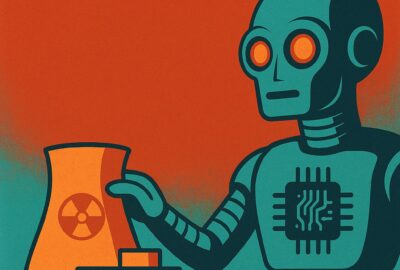


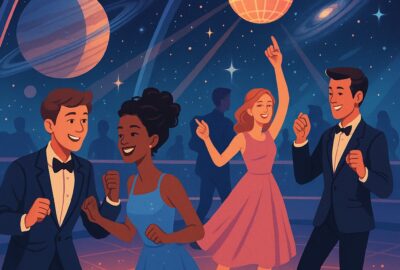

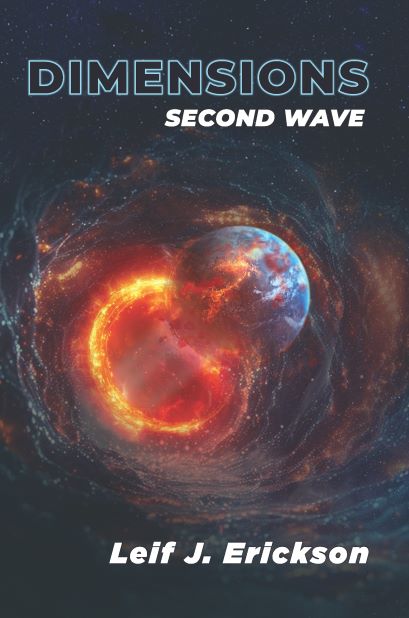
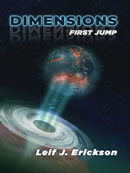
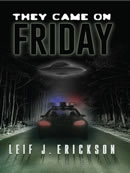

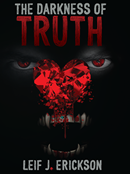
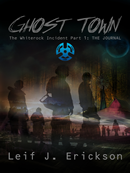
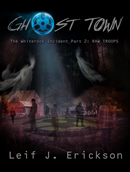

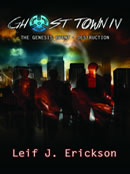

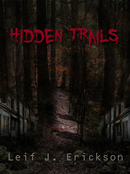
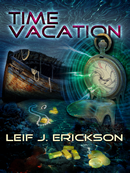





Leave a reply
You must be logged in to post a comment.